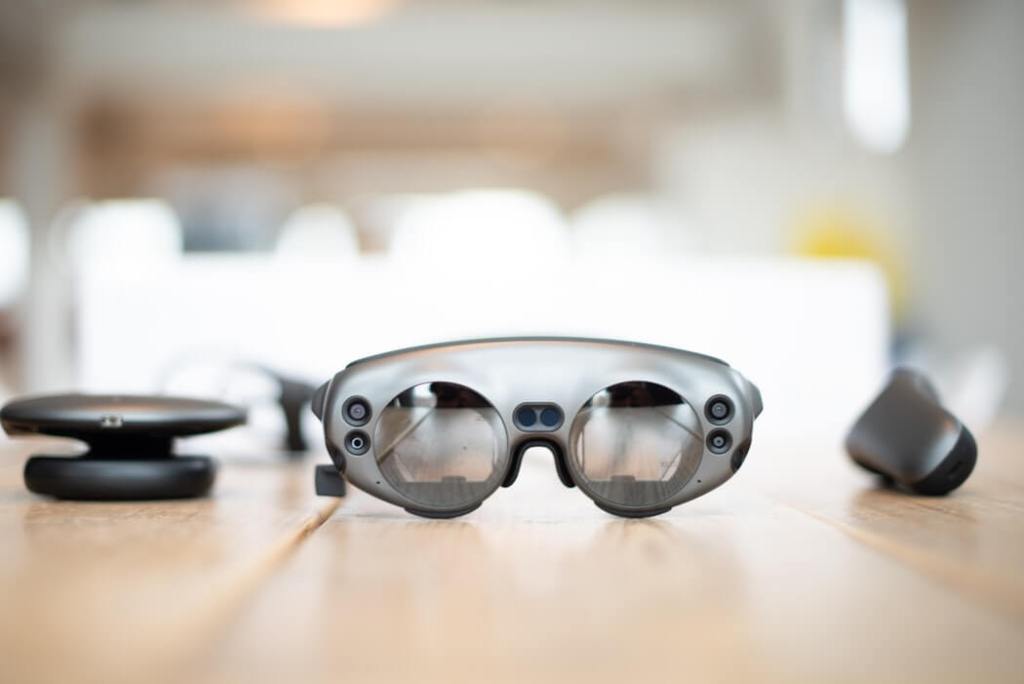
The impending widespread use of augmented reality (AR) glasses has the power to completely alter daily life, including brick-and-mortar stores. The way we purchase, pay, and shop will change as a result of augmented reality, which will make the in-store experience more efficient, immersive, and personalised for both merchants and customers.
It’s no secret that technological advancements have mostly benefited e-commerce and internet purchasing. Physical retail, which is naturally slower to adapt, is already starting to undergo major changes as a result of innovative AV experiences made possible by interactive displays and immersive music, as well as new digital payment methods like Apple Pay and Google Pay.
However, there will soon be more innovation in physical retail for consumers, enterprises, and digital startups.
Modified, In-Person Immersion
Standard AR glasses reception will prompt a more customized shopping experience coming up. Like what we experience with a few web-based retailers, AR glasses will make it feasible for us to encounter customized suggestions continuously founded on what we bought at any seller.
For instance, assuming a customer has bought a specific knapsack brand beforehand, AR can perceive that rucksack brand when a customer sees it coming up. It can then give item data or advancements, at last bringing about a seriously captivating and intuitive shopping experience.
This likewise gives huge open door to retailers. AR glasses will assist organizations with making another stage to upsell customers and make proposals to add more things to a buy. For instance, in the event that entering a Starbucks with AR glasses, the framework could put tempting additional items around a beverage request, for example, a morning meal sandwich, empowering clients to purchase a reciprocal matching with their unique buy. This is a great opportunity for the augmented reality companies.
AR glasses likewise offer customized customization past buys. AR glasses will some time or another incorporate with our own schedules to make suggestions on buys in view of impending excursions or occasions. For instance, a customer’s Google AR glasses might see on their Google schedule that you have an impending wedding, and suggest that they take a gander at a tie in a retail location that might be great for that occasion.
Extending an actual impression carefully likewise offers gigantic advantages for retailers that might be limited on area. By using another computerized reality made conceivable through AR, retailers can show virtual customer facing facades in actual retail stores. This would permit organizations to show a lot bigger determination of items than they would have the option to truly show, wiping out the actual size limitation of a retail facade. Furthermore, customers could enjoy a more vivid encounter paying little mind to actual space, for example, the capacity to take a stab at virtual dress.
Quickest Possible Payments
Mobile payments are now becoming predominant in physical retail. With AR glasses, this will be made a stride further: customers will actually want to make sans hands, contactless installments without taking out their wallets or telephones. Wearers will actually want to make buys by taking a gander at an item with their AR glasses on and utilizing their put away installment data, fundamentally smoothing out the buying experience.
In this way, not long from now, wearers will actually want to shop without expecting to bring money or charge cards. They can likewise abandon their telephones, since AR glasses will store all the important installment data. By eliminating these actual boundaries, customers can partake in a more liquid, smoothed out shopping experience.
Contactless installments will initially be made conceivable with LIDAR codes, an innovation that empowers AR glasses to make precise and quick 3D portrayals of short proximity items and conditions. Innovation organizations like Google, Amazon and Apple as of now have the retail accomplices (through Google Pay, Apple Pay, and Amazon Pay) to add their own QR codes that might be effectively perused by AR glasses.
For instance, we could stroll into a supermarket with ‘Apple Glasses’ on, take a gander at a pack of pretzels, and say: ” Hello Siri, I will take that.” A code close to pretzels — seen inside AR — will be hailed by LIDAR on the facade of the AR glasses. Then, at that point, the whole exchange will happen without removing your wallet or telephone from your pocket, offering a totally frictionless encounter. What’s more, Apple will get a cut of the exchange.
Conclusion
AR has the power to completely change the way we pay for things and why we buy particular things, streamlining procedures and essentially doing away with the need for us to pull out our wallets. Customers will gain from this experience as it will make shopping more involved and smooth. Retailers will also get additional opportunities to communicate with their clientele.